Weiss DAC502 MK2 | DAC and Amp
$96.59
![]() Free shipping within 3 days
Free shipping within 3 days
![]() Easy returns within 30 days
Easy returns within 30 days
![]() Shopping information security
Shopping information security

The New DAC502 MK2 Version Delivers a Higher Level of Sonic Performance Than the Older DAC502 It Replaces
- State of the art D/A Converter
- (2x) 32-bit ESS Sabre DAC chips per channel
- Stainless steel chassis with 10mm aluminum faceplate
- Improved transparency and openness
Our Take |
From Weiss
The DAC502 MK2 is a state of the art D/A Converter with an unprecedented level of sophistication and versatility. The MK2 version delivers a higher level of sonic performance than the older DAC502.
A typical D/A Converter is a “set and forget” device. Not so with the DAC502 MK2. It adds a number of interesting signal processing features and sports a variety of digital inputs. Balanced, unbalanced and headphone outputs are provided.
Weiss Engineering has a 30 year history in D/A Converter design. In that time span we have learned a thing or two about converter design. The DAC502 MK2 is the essence of our experiences.
New and Improved
The MK2 versions use the latest DAC chips with stellar technical specifications, making for an enhanced two channel DAC with improved transparency and openness. Both line output stages and headphone output stages are built with Weiss’ proprietary discrete electronics.
Both units incorporate a stainless steel chassis with a robust 10mm aluminum faceplate. Digital processing is performed by a pair of 32-bit ESS Sabre DAC chips per channel, providing superb channel separation and noise-rejection in both two and four channel applications.
What’s most significant, however, is the unit’s analog stage, whose new discrete operational amplifiers are of the utmost importance. These “discrete operational amplifiers” are called OP2-BP, and are designed and produced by Weiss. Their performance far exceeds commonly-available monolithic op-amp chips, and contribute to Helios’ extraordinary sound quality and unmatched signal to noise ratio of 128 dB.
The Weiss DAC 501/502 MK2 share the same circuitry and componentry, and differ primarily in form-factor: the DAC501 MK2 is a compact, half-width unit, allowing placement flexibility in desktop and studio applications, as well as in home systems of any size. The DAC502 MK2 features a standard, full-width chassis; it also differs from the 501 by including a four-pin balanced headphone connector on the back of the enclosure.

Power Supply
A powerful non-switching power supply is used. All sensitive voltages have their own regulators which are separated between left and right channels. The result is an analog output free of “digital noise” and channel crosstalk. The power switch activates a semiconductor relay which only switches on or off at zero crossings of the mains voltage. This assures a glitch free power switching. The two mains transformers are toroidal types. Mains voltage selection is done automatically by measuring the mains voltage before power is applied to the rest of the electronics.
Synchronization
An internal high precision / low jitter clock generator is responsible for clocking the D/A converter section. The sampling frequency of that generator is fixed at about 195kHz. The input signals are converted to the 195kHz sampling frequency for optimal signal quality. This scheme also helps significantly in reducing any jitter related effects. All standard sampling frequencies up to 384 kHz plus DSD x64 and x128 are supported.
Digital Inputs
There are a total of five inputs:
- AES/EBU or S/PDIF via XLR, Toslink and RCA sockets
- UPnP / DLNA via Ethernet
- USB
- Roon Ready
- Accepted formats: PCM 44.1kHz up to 384 kHz, DSD 64x / 128x.
- Future formats can be accommodated for via software updates.

Signal Processing
The DAC50x has a digital signal processing chip built in (DSP).
The following DSP algorithms are currently implemented:
- Room Equalizer – to suppress room modes for a decent bass reproduction.
- Creative Equalizer – a tone control with low boost/cut, high boost/cut and mid boost/cut. Very useful to correct those recordings which do not quite sound right.
- De-Essing – the automatic removal of overly bright sibilances from human voices. The sibilance effect can be more or less pronounced depending on your speakers or room acoustics.
- Constant Volume – adjusts the audio volume (loudness) to a constant value across all tracks played. Useful for “party mode” when the volume control should stay untouched.
- Vinyl Emulation – get that special sonic character of a record player based playback chain. We also employ an emulation of the DMM-CD procedure offered by the Stockfisch label.
- Crosstalk Cancelling (XTC) – for the playback of dummy head recordings or live recordings via speakers for an incredible live sensation. Dummy head recordings usually are listened to via headphones because they only work properly if the left channel goes to the left ear only and the right channel to the right ear only. With speakers this is difficult to achive as the left channel goes to the left and the right ear. But with some clever signal processing of the speaker channels is is possible to suppress the crosstalk, i.e. the audio going from the left speaker to the right ear and vice versa. If that works properly then the recording sounds as if one would be in the space where the recording has taken place. All the reverberation and 3D representation of the sound sources is there.(For speaker based playback only.)
- Loudness Control – a listening volume dependent equalization of the audio.
- Headphone Equalizer – to adapt any headphone to the listener’s ears in terms of frequency response.
- Crossfeed – to emulate a speaker based playback impression on headphones.
Converters
Two of the latest 32 bit D/A Converter chips are used. Two D/A conversion channels are used per audio channel, resulting in exceptional performance specifications.
Analog Outputs
- Line out unbalanced on RCA connector.
- Line out balanced on XLR connector.
- Headphone out on 1/4″ Jack Analogue.
- Discrete output stages for both line and headphone outputs are employed.
- The output levels can be set in a coarse manner with 4 steps to adapt for the amplifier or headphone connected. The levels can be set independently for line and headphone outputs.
- No sound degrading servo mechanisms are used.
Web Interface
The DAC50x has a web interface for configuring it via a web browser. The following functions are accessible via the web interface:
- Volume and Balance controls.
- Input selection.
- Output type.
- DSP algorithms configuration.
- DSP snapshots configuration.
Specs
Power
Mains voltage: 100…120 V or 200…240 V, automatic voltage selection
Fuse rating: 500 mA slow blow at 100…120 V, 250 mA slow blow at 200…240 V
Power consumption: 25 VA max.
Power consumption in standby: 2.2 VA max.
Size
Depth: 30 cm
Width: 18,8 cm
Height: 6,6 cm
Height with feet: 7,2 cm
Digital Inputs
(1) XLR connector
(1) RCA connector
(1) TOSLINK connector (optical)
(1) USB type B connector
(1) RJ45 Ethernet connector
Line Output
XLR Output with a 0 dBFS sine wave input:
0 dB setting: 6.8 Vrms +18.9 dBu
-10 dB setting:
2.2 Vrms +8.9 dBu
-20 dB setting: 0.68 Vrms -1.1 dBu
-30 dB setting: 0.22 Vrms -11.1 dBu
Suggested subsequent amplifier input impedances:
0 dB setting: 900 Ω or higher
-10 dB setting: 100 Ω or higher
-20 dB setting: 60 Ω or higher
-30 dB setting: 60 Ω or higher
RCA Output with a 0 dBFS sine wave input:
0 dB setting: 3.4 Vrms +12.9 dBu
-10 dB setting:
1.1 Vrms +2.9 dBu
-20 dB setting: 0.34 Vrms -7.1 dBu
-30 dB setting: 0.11 Vrms -17.1 dBu
Suggested subsequent amplifier input impedances:
0 dB setting: 450 Ω or higher
-10 dB setting: 50 Ω or higher
-20 dB setting: 30 Ω or higher
-30 dB setting: 30 Ω or higher
Headphone Output
Headphone output with a 0 dBFS sine wave input:
0 dB setting: 6.8 Vrms +18.9 dBu
-10 dB setting:
2.2 Vrms +8.9 dBu
-20 dB setting: 0.68 Vrms -1.1 dBu
-30 dB setting: 0.22 Vrms -11.1 dBu
Suggested headphone impedances:
0 dB setting: 200 Ω or higher
-10 dB setting: 30 Ω or higher
-20 dB setting: 10 Ω or higher
-30 dB setting: 4 Ω or higher

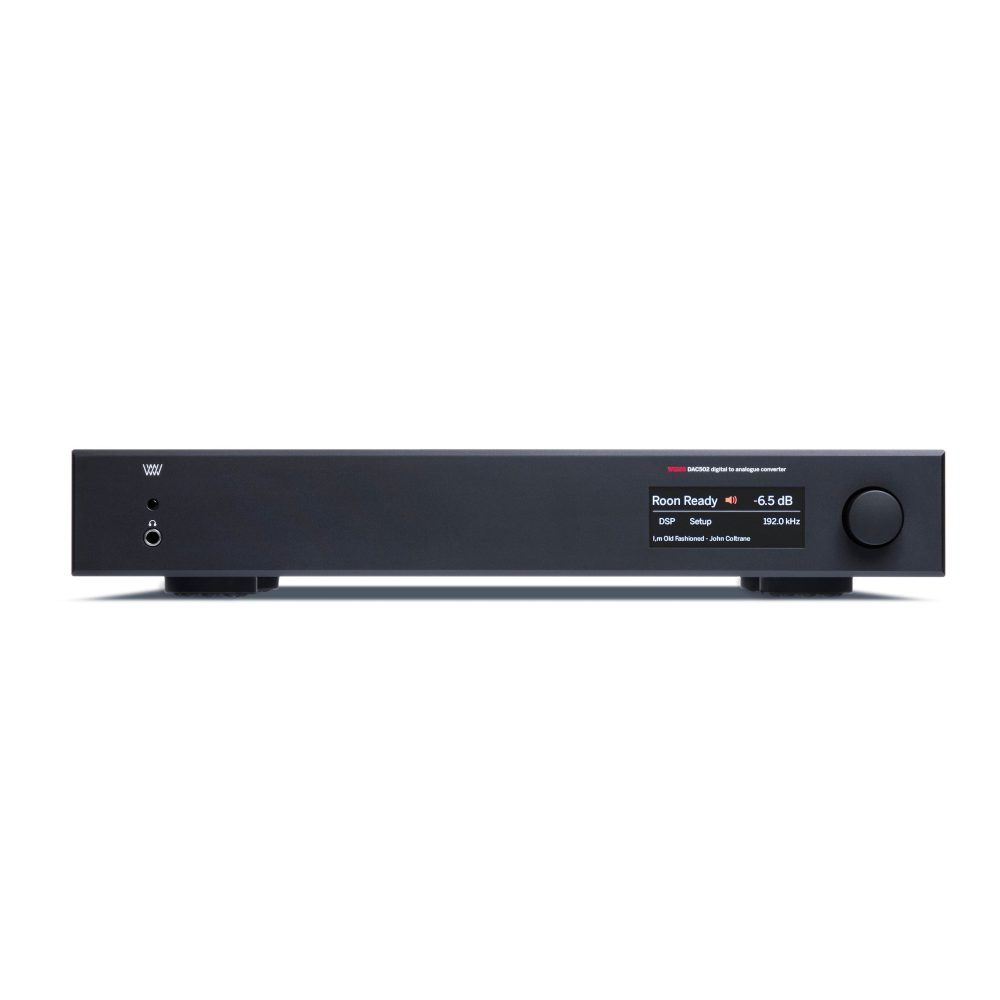
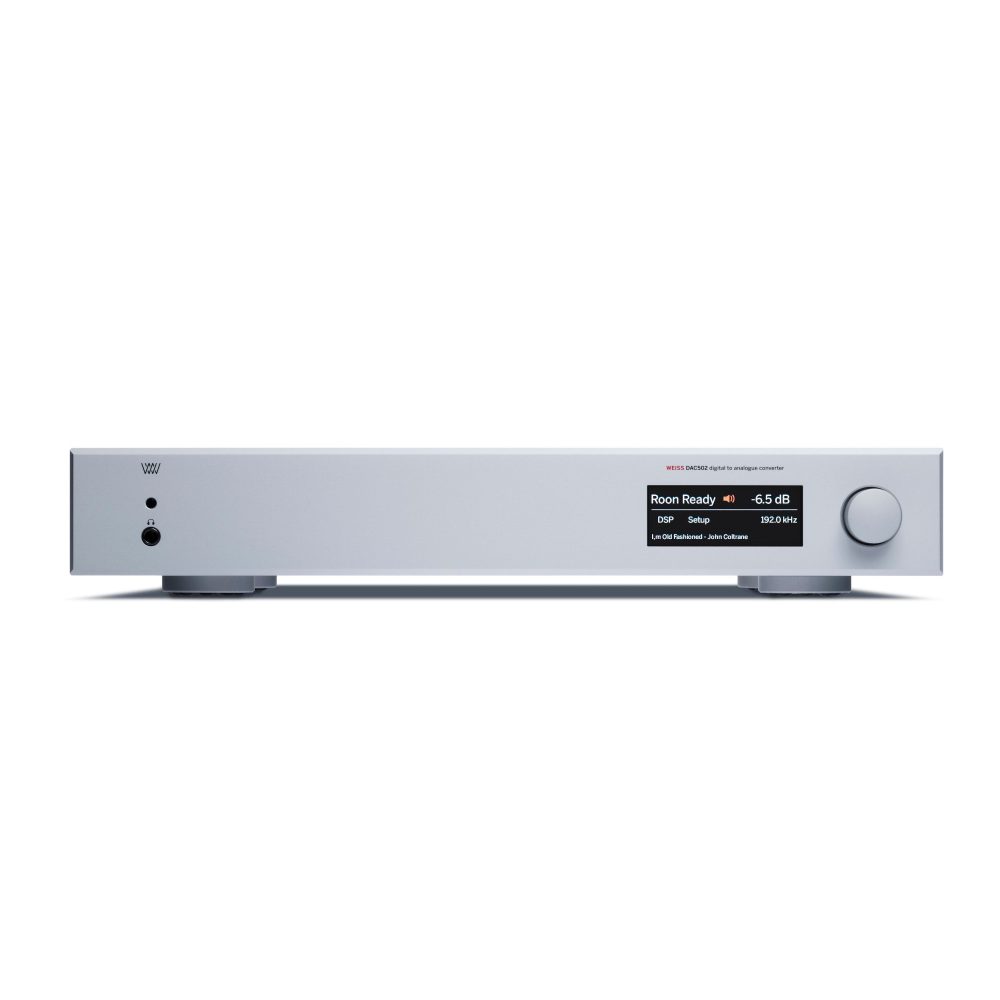
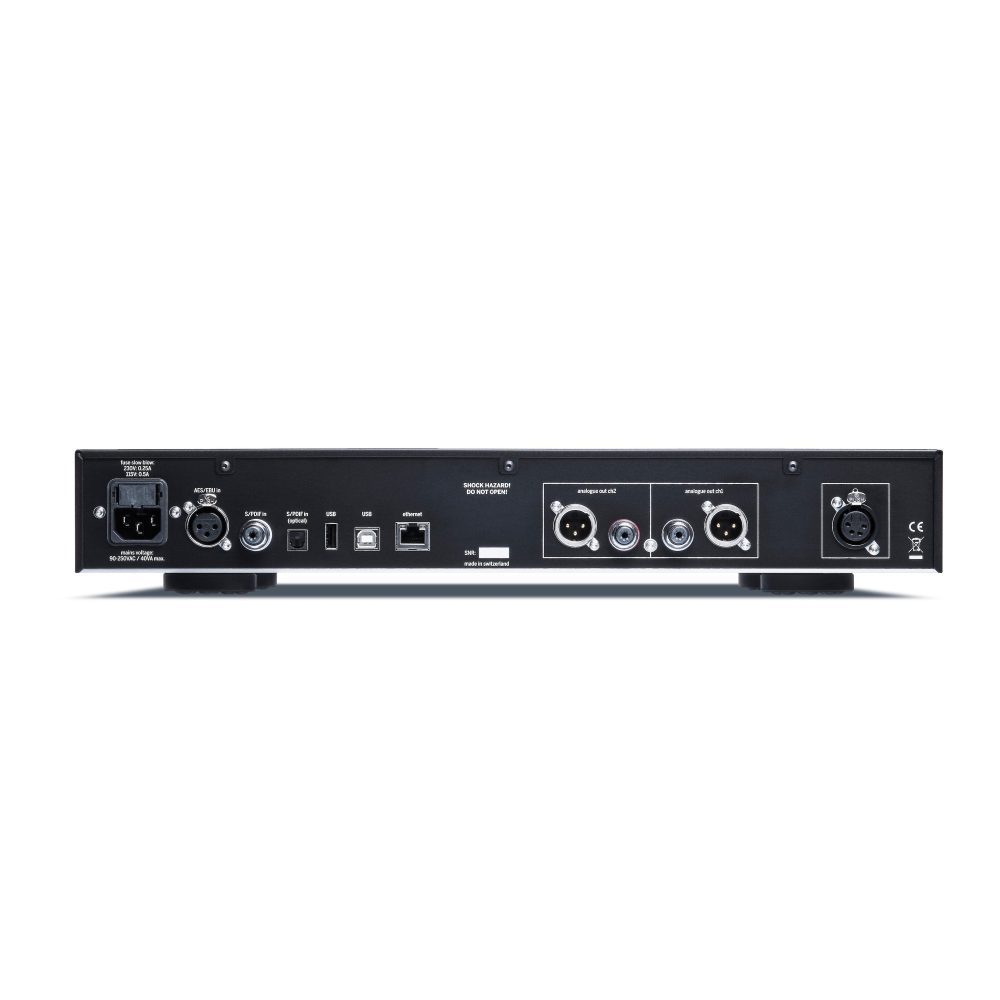
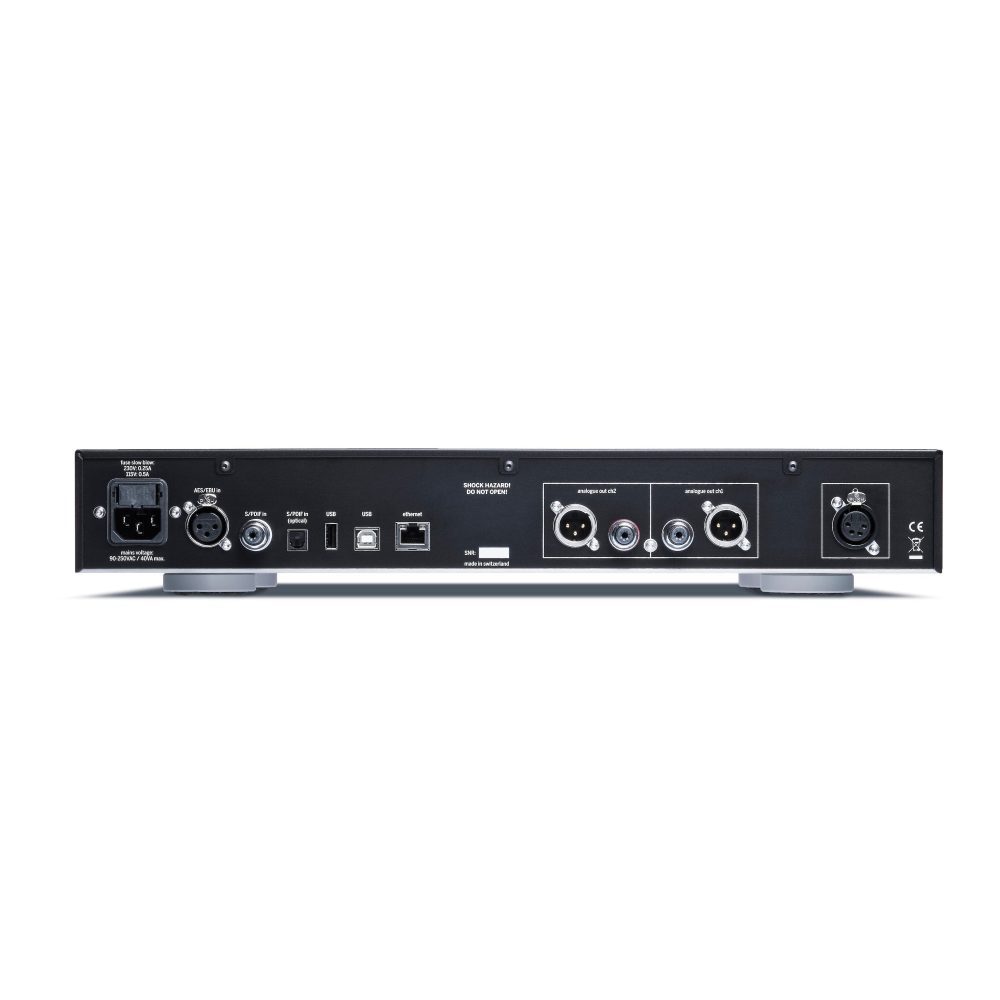
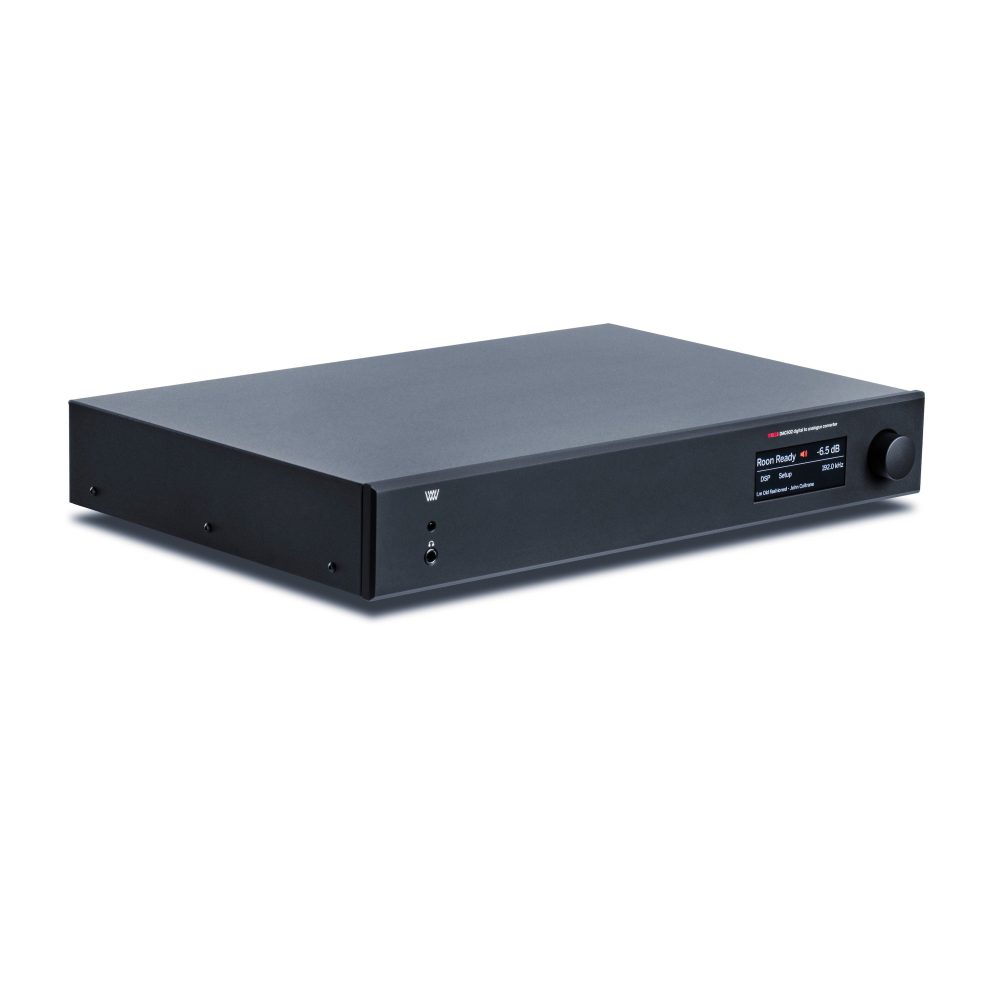
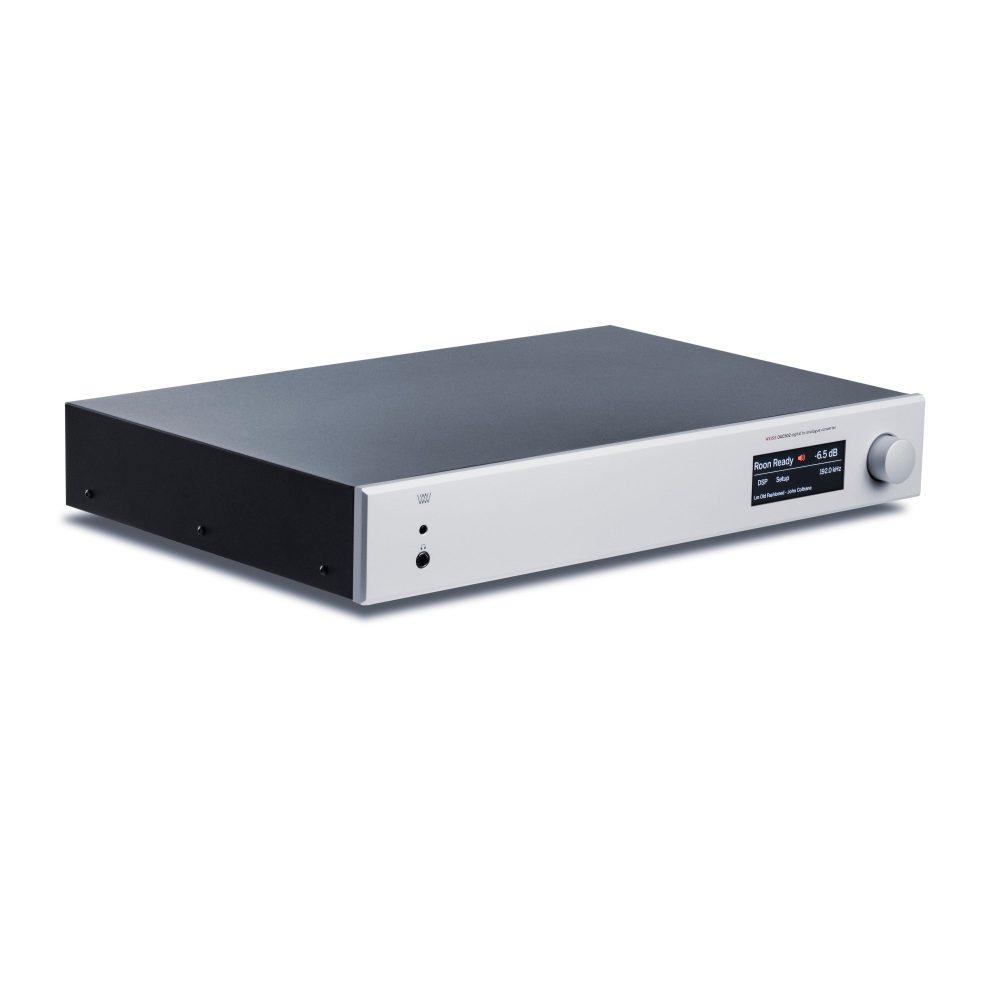
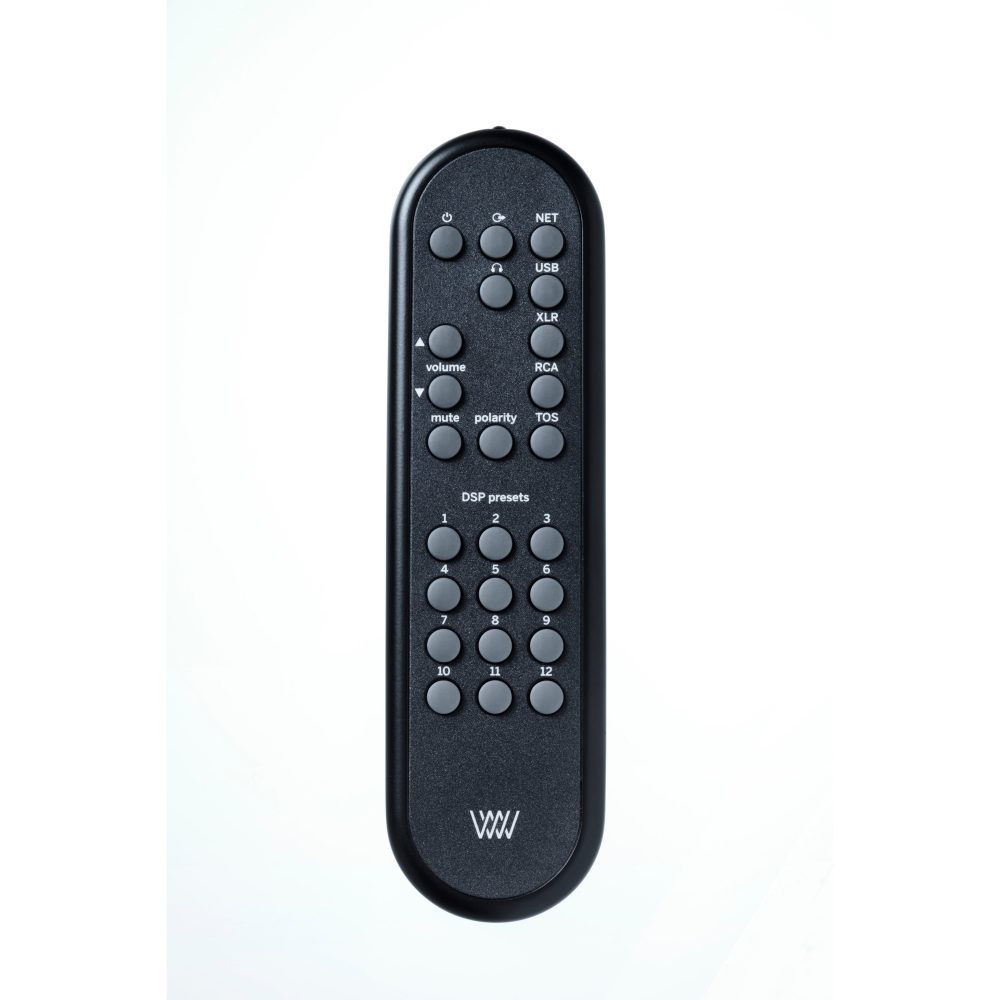
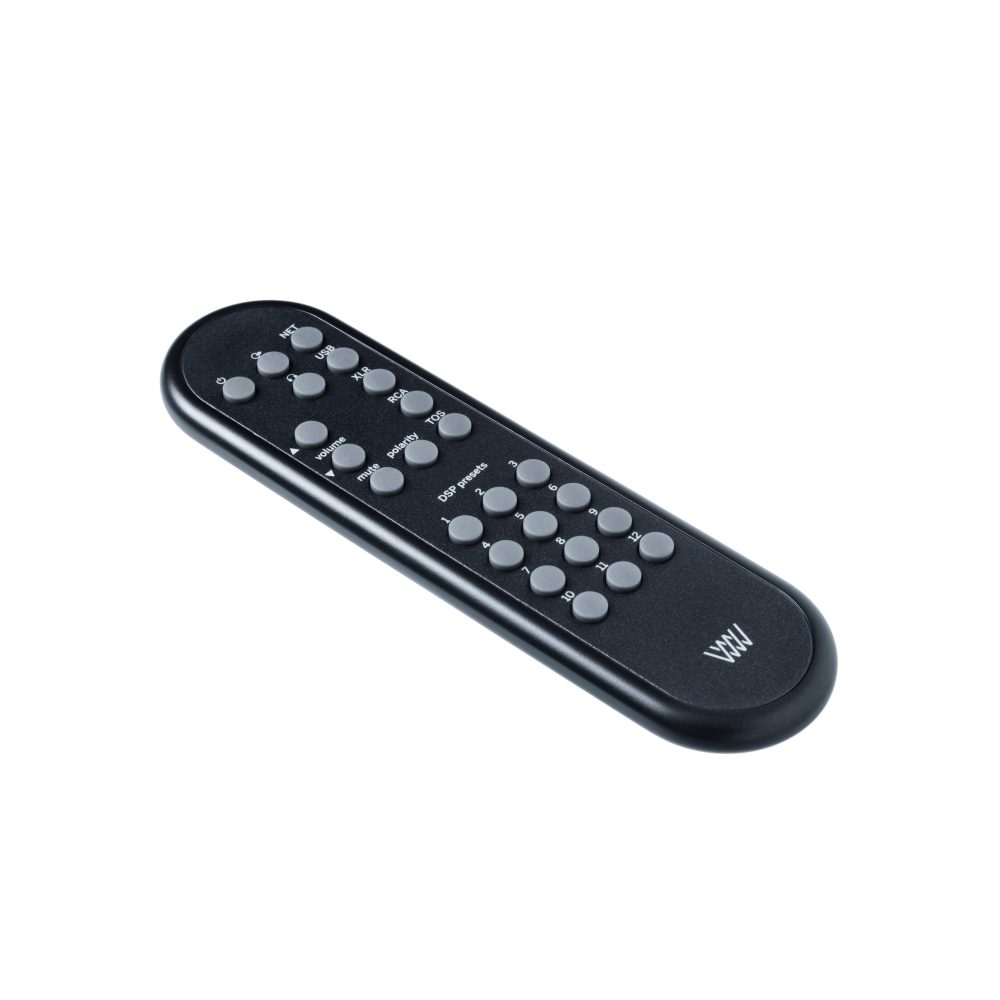
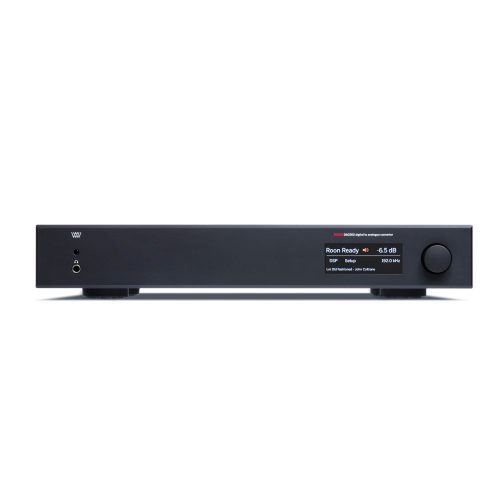
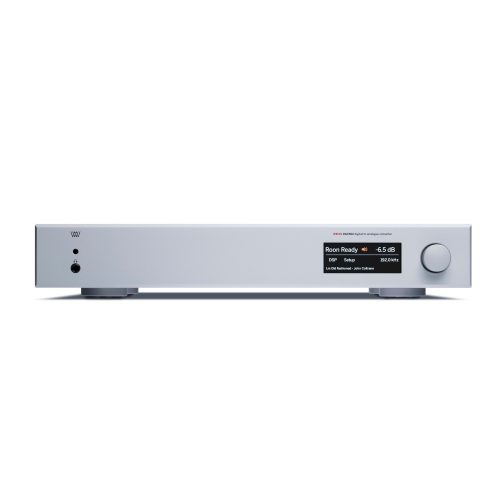
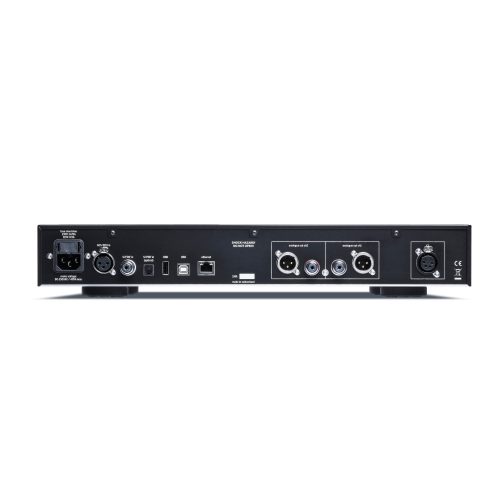
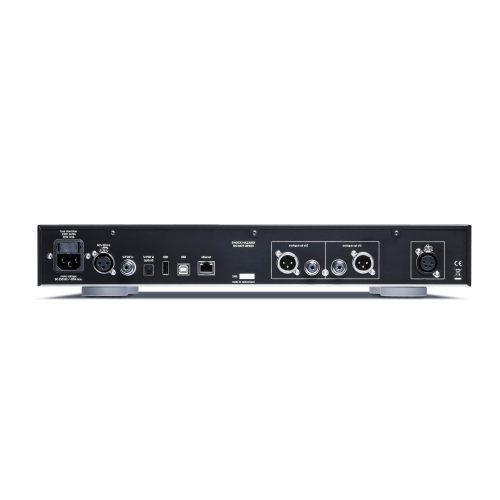
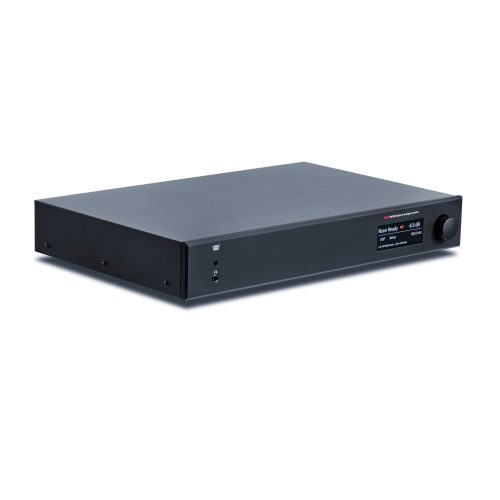
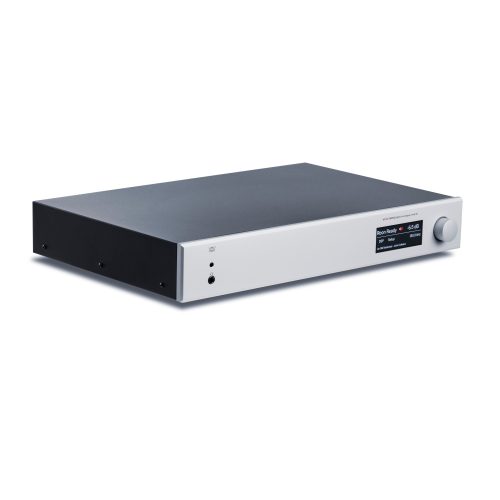
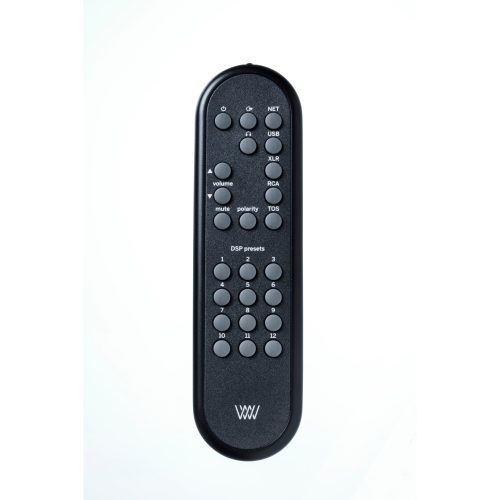
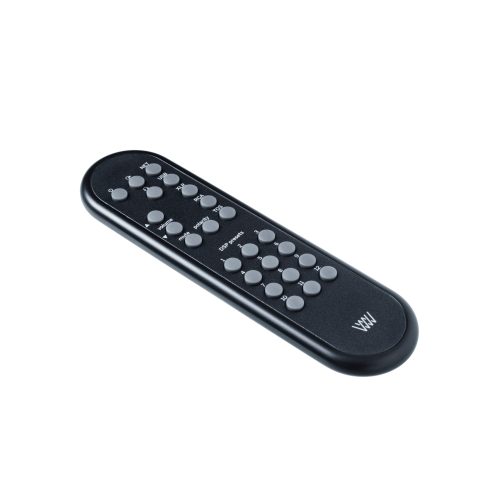
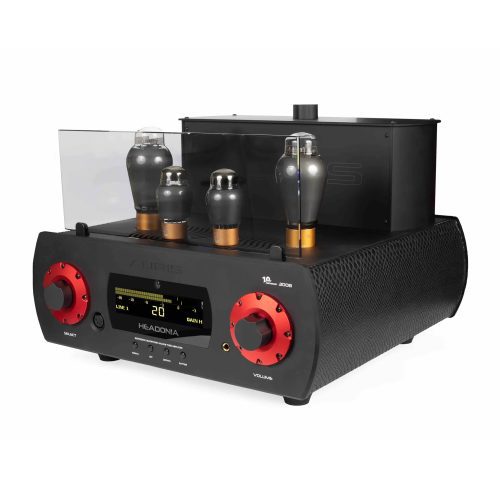
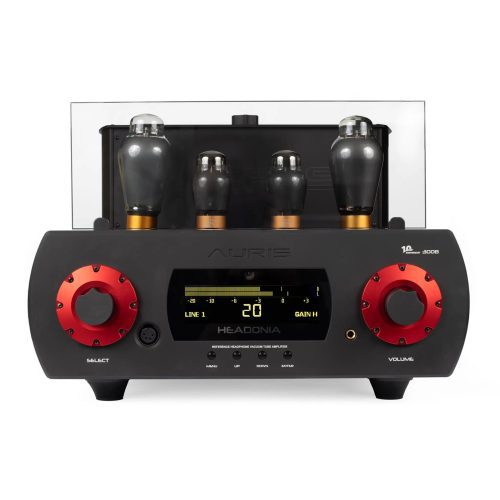

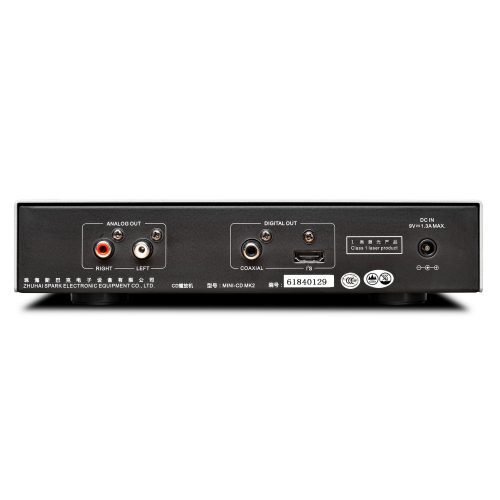
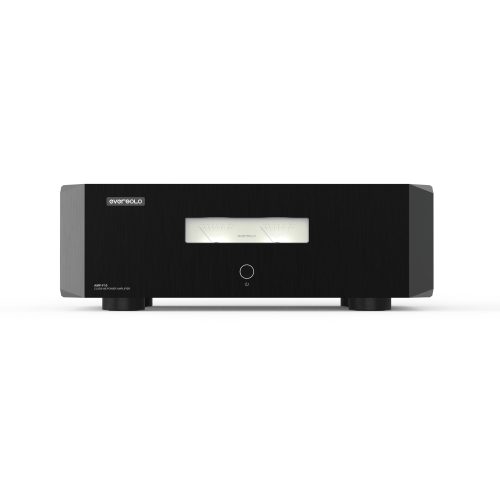
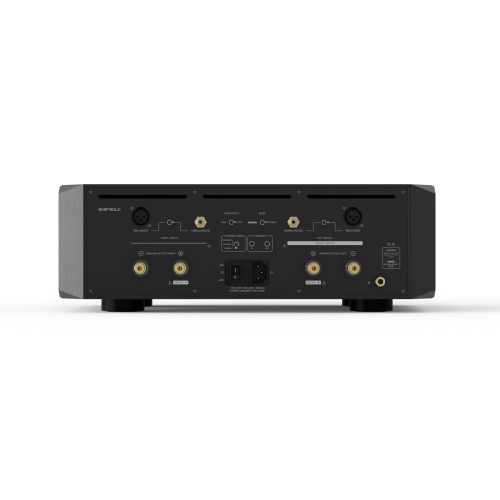
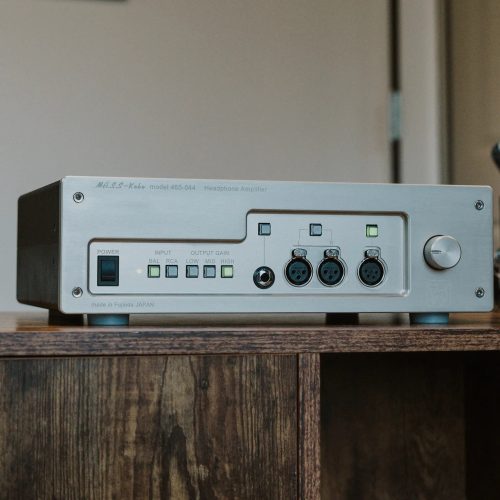
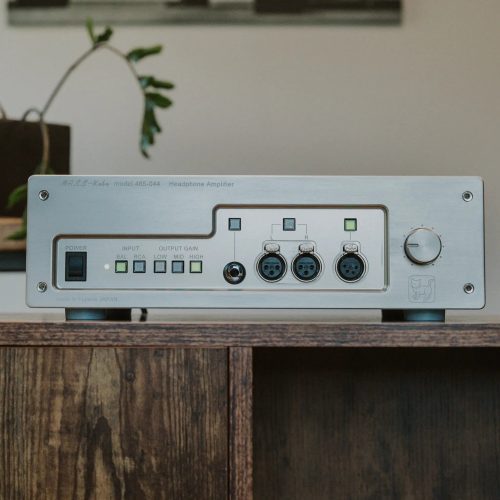
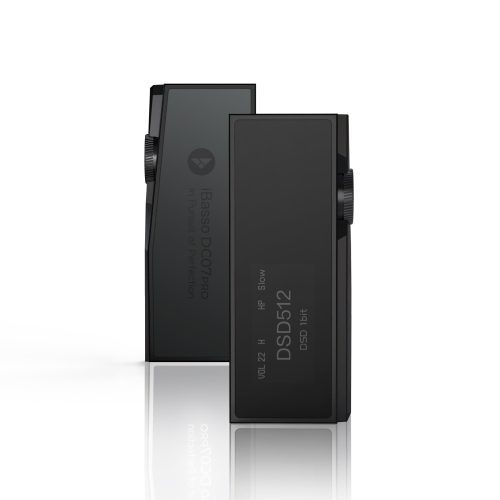
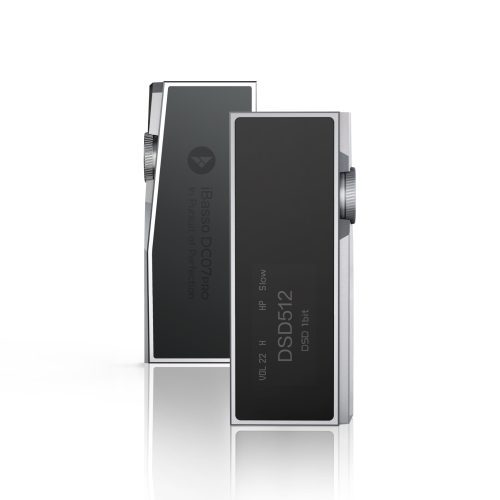


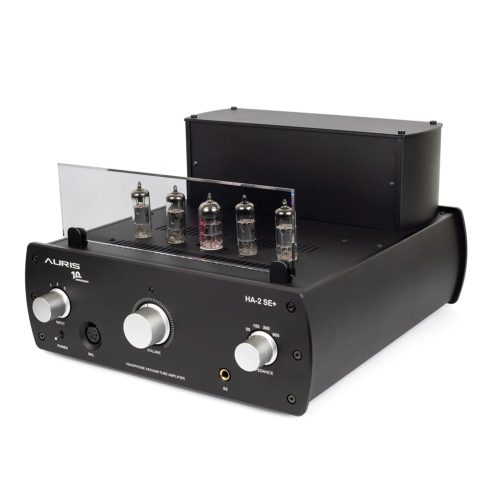
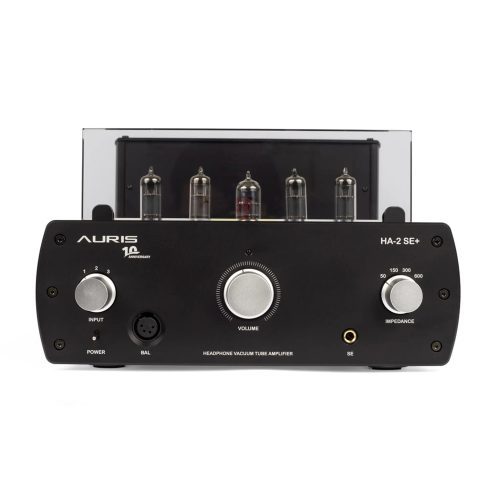
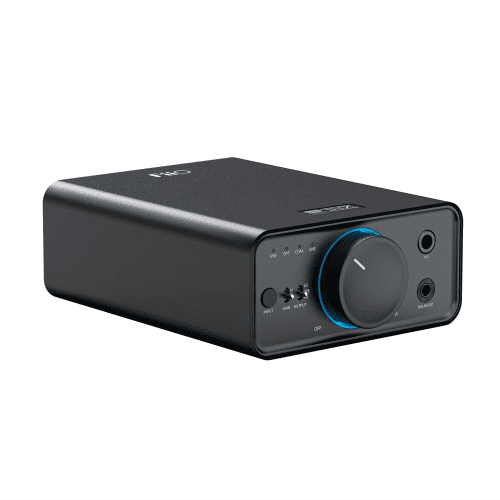
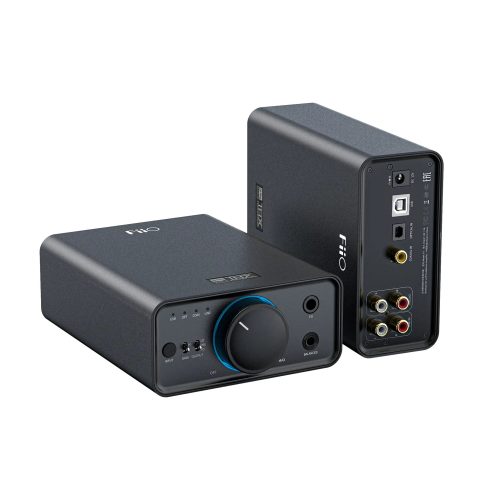
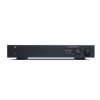
Reviews
There are no reviews yet.